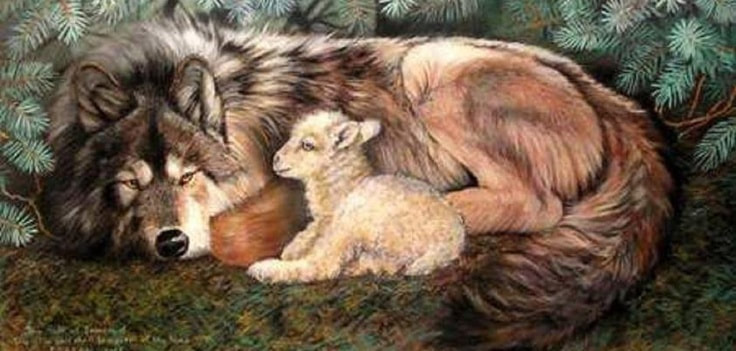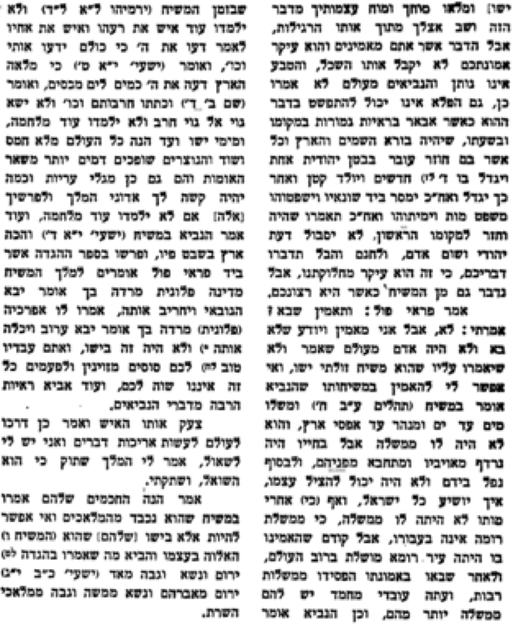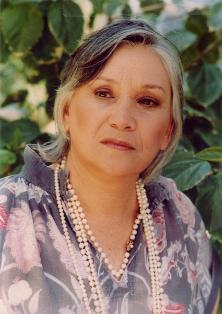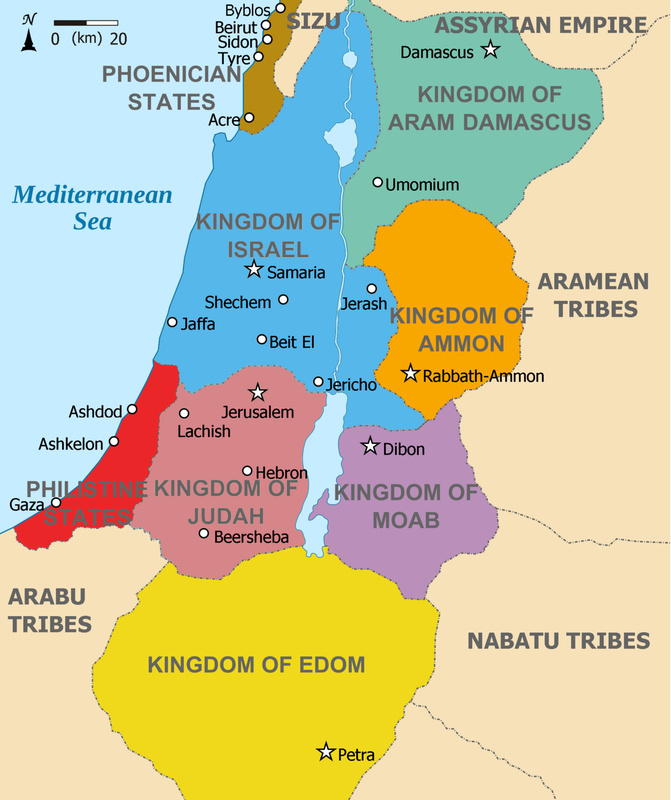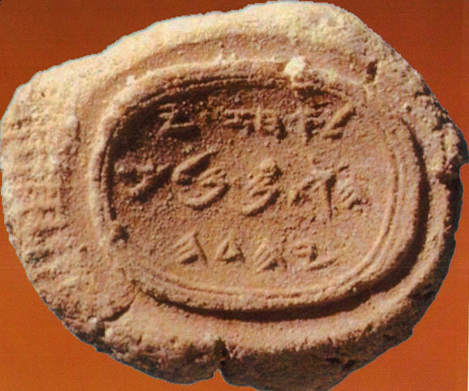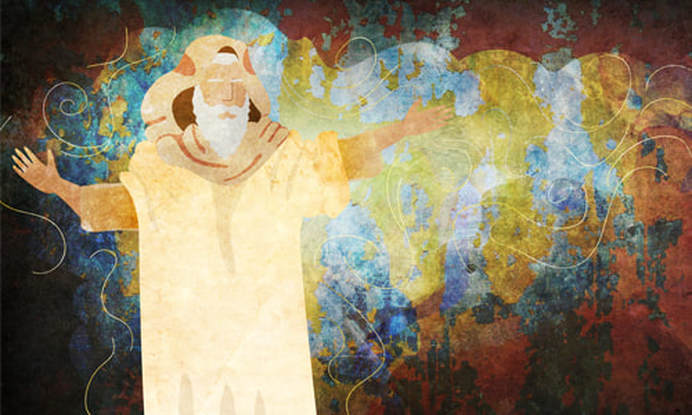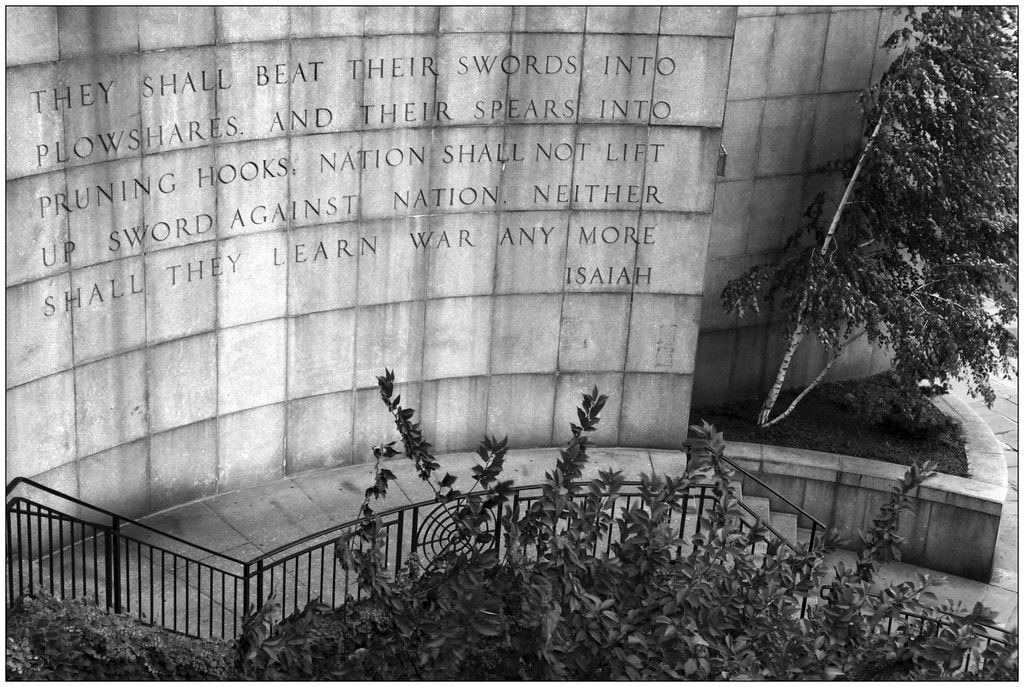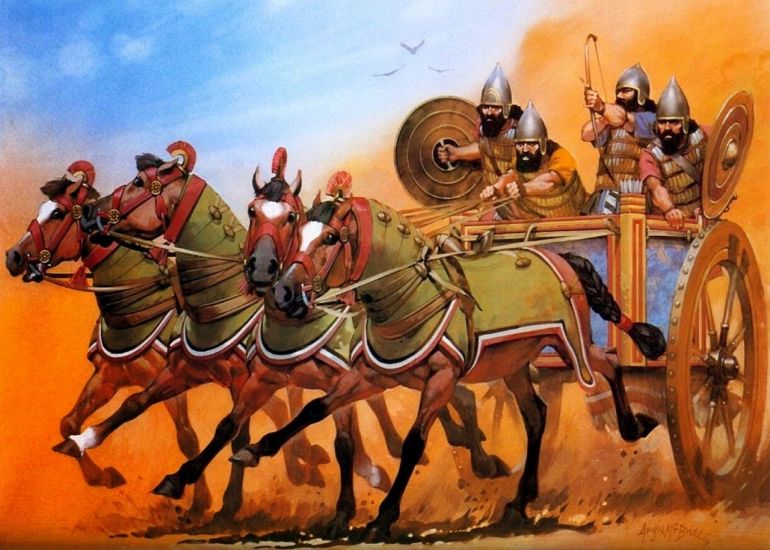PodcastsText
HighlightsPerek 11: Vision of the Future
This Perek serves as the Haftorah for the last day of Pesach in Chutz La'aretz.
Christian View of the Coming of Messiah
Ramban, in his writings, published the transcript of his public disputation with Dominican Friar Pablo Christiani, July 20-24 1263 in Barcelona. In his debate he notes that Messiah could not possibly have come already because of the sheer amount of war and bloodshed and certainly in Christian Europe at the time. Here are his words from the disputation itself.
Here the actual text from Ramban's transcript of the debate:
For more on the topic about the pace of Geulah and the different perspectives in Jewish thoughts, please see my shiur on the topic by clicking here.
Prophecy as Potential - The Malbim Principle
Contemporary Visions of PeaceSource for HavdalahComments
1 Comment
PodcastsText
HighlightsMap of Surrounding NationsThe Missing Chapter: Yotam
The Gemara tells us of the incredible level reached by Yotam and perhaps why Yeshayahu need not speak to him or reprimand him.
Talmud Bavli, Sukkah 45b
ואמר חזקיה א"ר ירמיה משום רשב"י יכול אני לפטור את כל העולם כולו מן הדין מיום שנבראתי עד עתה ואילמלי אליעזר בני עמי מיום שנברא העולם ועד עכשיו ואילמלי יותם בן עוזיהו עמנו מיום שנברא העולם עד סופו
Rashi, ad loc.
יותם בן עוזיהו - צדיק היה ועניו יותר משאר מלכים וזכה בכיבוד אביו ועליו נאמר בן יכבד אב (מלאכי א) שכל הימים שהיה אביו מצורע והוא היה שופט עם הארץ כדכתיב (מלכים ב טו) ויותם (בנו) שופט וגו' לא נטל עליו כתר מלכות בחייו וכל דינין שהיה דן אומרן בשם אביו:
Perek 8: The Son Immanuel
The strange story of Yeshayahu's son, Immanuel, is the focus of a lecture series from Aleph Beta on Tisha B'Av. The video most pertinent to our learning in Yeshayahu 8 can be found here:
Archeological Corner
For full article, please click here.
The inscription reads, “Belonging to Ahaz (son of) Jehotam, King of Judah.” Dated to the 8th century BCE, this is the first seal impression of a Hebrew king ever found.
CommentsPodcastsText
HIGHLIGHTSPerek 1: The Vision of Chazon
This perek serves as the Haftorah and name of Shabbos Chazon, the Shabbos right before Tisha B'Av. In a certain way, it represents the tone of many of Yeshayahu's prophecies to the 4 kings of his time - Uzziah, Yotam, Achaz and Chizkiyahyu
Perek 2: The Vision of Peace
Entrance to UN building in New York City with quotation from Isaiah 2.
Statement from Rabbi Lord Jonathan Sacks on the move of the US Embassy to Jerusalem:
“Outside the United Nations building in New York is a wall bearing the famous words of Isaiah: “He will judge between the nations and will settle disputes for many peoples. They will beat their swords into plowshares and their spears into pruning hooks. Nation will not take up sword against nation, nor will they train for war anymore.” Too often the nations of the world forget the words that immediately precede these: “For out of Zion shall go forth the law, and the word of the Lord from Jerusalem.””
“Those words, spoken twenty-seven centuries ago, remain the greatest of all prayers for peace, and they remain humanity’s best hope for peace in the Middle East and the world.” Perek 5: The Vision of the Vineyard
Image of Assyrian archer chariots used in the army of Tiglath-Pileser III, as is described by Yeshayahu in perek 5 before the arrival of the Assyrians.
As noted by Dattatreya Mandal, the Assyrian chariot technology was one of the new powerful assets of the rising empire:
"Historically, chariots have often been relegated to anachronistic traditions among Bronze Age civilizations. In the Assyrian army, however, chariots took a special place among the royal family and their wealthy retainers – as is evidenced from their continuous use in the battlefield for over a millennium. In fact, by the time of Ashurbanipal in late 7th century BC, the chariot morphed from a flexible platform of archery and reconnaissance into a heavy, boisterous instrument of war drawn by four horses and mounted by four men. So in many ways, the chariot was designed as the ultimate shock weapon that after serving as a mobile missile platform, would charge into the enemy ranks with its imposingly sturdy frame. The impact, like the later charges of the medieval knights, would have both psychologically and physically afflicted the enemy."
Perek 6: The Vision of the Chamber Room
This perek needs to be contrasted with Yechezkel 1. Both are visions of H's chamber room. Yechezkel is replete with extravagant details while Yeshaya's is short and concise. The Talmud, Chagiga 13b, comments on this:
כל שראה יחזקאל ראה ישעיה למה יחזקאל דומה לבן כפר שראה את המלך ולמה ישעיה דומה לבן כרך שראה את המלך
All that Yechezkel saw Yeshayahu saw. What does Yechezkel resemble? A villager who saw the king. And what does Yeshayahu resemble? A townsman who saw the king.
Comments |
Nach YomiHere's the way it works. From Monday to Thursday I will be posting a 5 minute podcast of the chapter of the day. It will be a brief summary with a few points to ponder. I will also be sending out the Sefaria text so you can use it. Archives |
Proudly powered by Weebly
